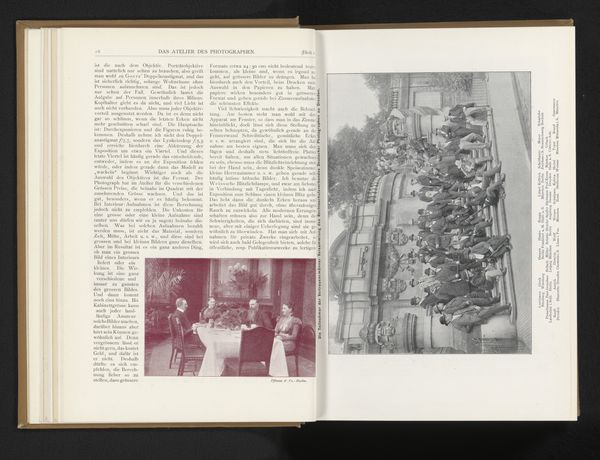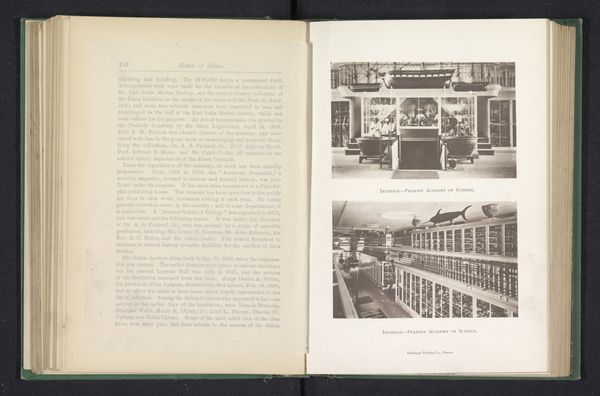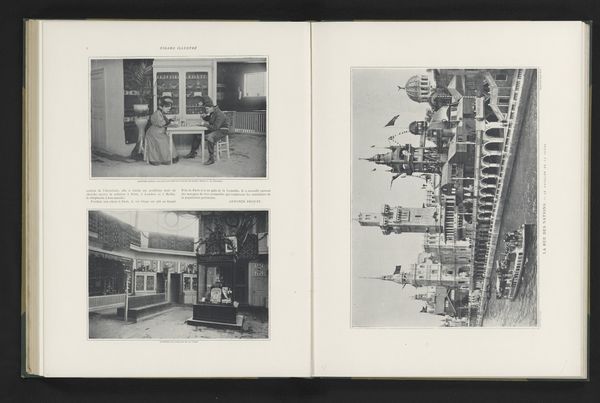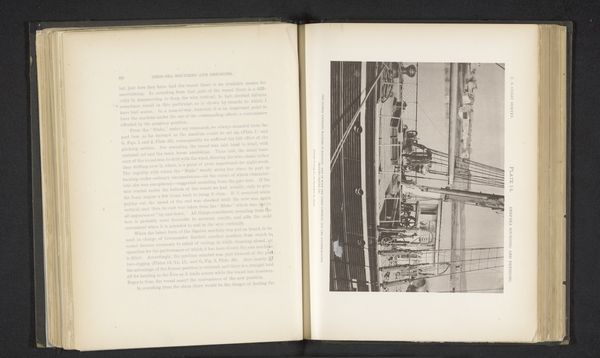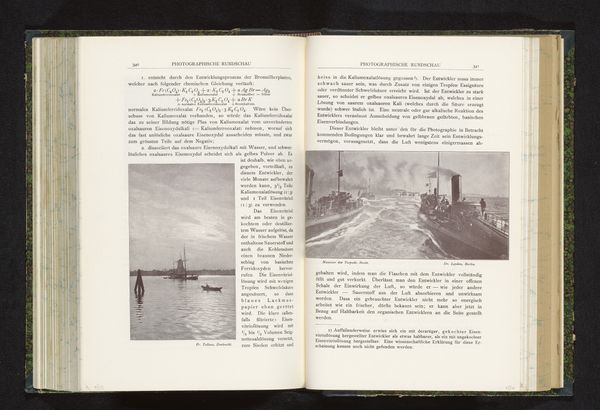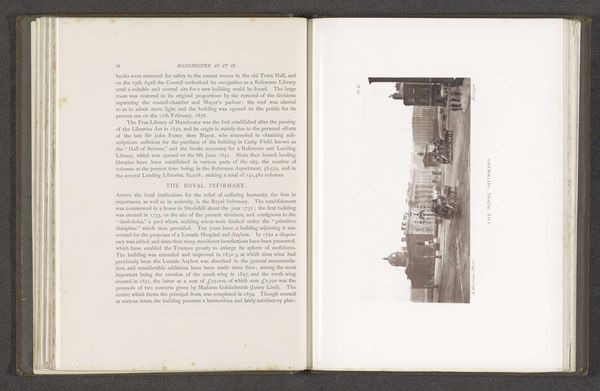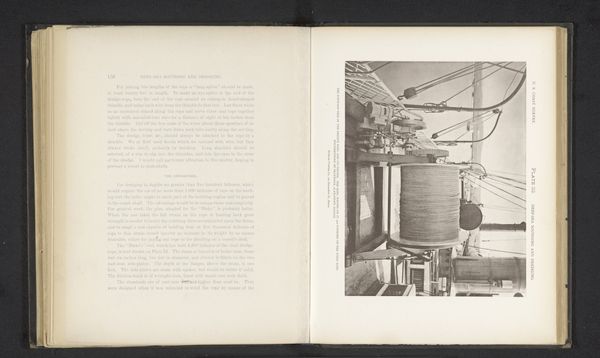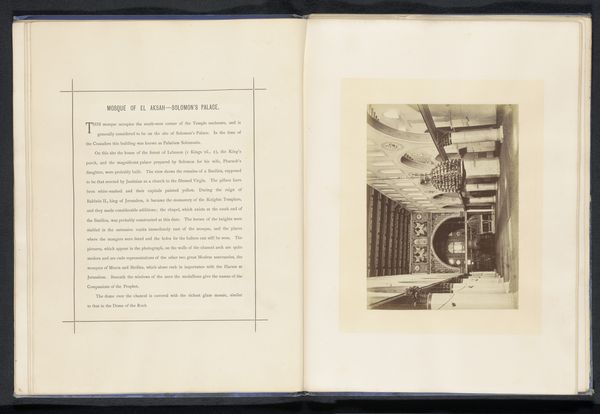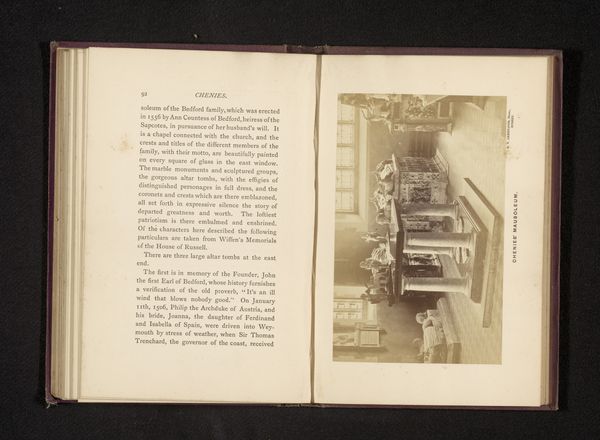
Werkruimte van Meisenbach, Riffarth & Co. te Berlijn before 1900
0:00
0:00
graphic-art, print, photography
#
graphic-art
#
art-nouveau
# print
#
photography
#
cityscape
#
realism
Dimensions: height 83 mm, width 177 mm
Copyright: Rijks Museum: Open Domain
Editor: This is "Werkruimte van Meisenbach, Riffarth & Co. te Berlijn," from before 1900. It appears to be a photograph of the interior of a printing company. What strikes me is the almost sterile, yet industrious environment. How do you interpret this work in the context of its time? Curator: This image offers a fascinating glimpse into the material conditions of art production at the turn of the century. It invites us to consider how technological advancements intersect with labor and social class. This establishment of a workplace contrasts sharply with the idealized image of the artist working alone in a studio, romanticized images often dominated, but do we really consider who is left out of that story? Editor: That’s a good point. What is implied about labour here that might speak to some of the narratives missing from art history? Curator: Notice how the figures are framed, busy at work, almost faceless, absorbed into their tasks? This highlights the often-invisible labor that underpins the art world and the publishing industry more broadly, we should consider, also, what class and gender these figures occupied and how that also determined the type of work they were doing and also their place within the photograph. It forces us to ask: who benefits from this industry? Who does the work? How are they valued? Editor: That’s insightful. I hadn't considered it from the perspective of labor and power dynamics. It makes the image feel much more charged and politically relevant. Curator: Exactly. It compels us to interrogate the power structures embedded within visual culture and consider the ethics of representation and production even in seemingly neutral documentary images like this. And in the image on the left, note the caption: "Machine Room, 'Riffarth & Snauss'." Is there meaning here, do these company figure's names speak of something else that we are not necessarily seeing on the image surface? Editor: Thank you, this makes me reflect upon my assumptions. I'm starting to understand the photograph’s historical impact more clearly now. Curator: Me too, art, especially historical pieces such as this one, constantly challenges and shifts our current world views.
Comments
No comments
Be the first to comment and join the conversation on the ultimate creative platform.
